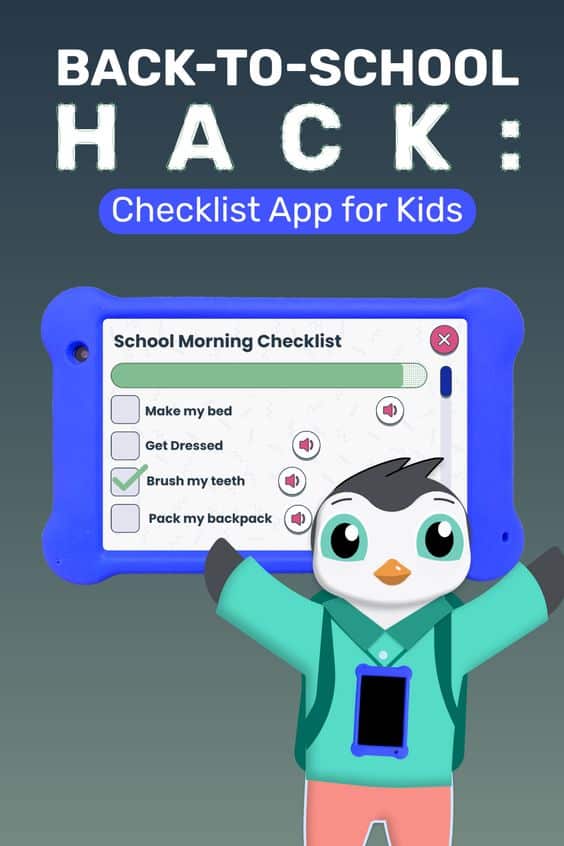Susie is a six-year-old girl who has been diagnosed with Down Syndrome. Her parents, John and Sarah, want the best education for their daughter, but they are still determining what that entails. They decide to work with a team of experts to determine the most appropriate educational placement for Susie.
- Evaluation: The first step in the process is a comprehensive evaluation of Susie’s needs and abilities. The team includes a special education teacher, a speech therapist, an occupational therapist, and a psychologist. They conduct various assessments to determine Susie’s strengths and areas of need.
- Individualized Education Program (IEP) meeting: The team meets with John and Sarah to develop an IEP that outlines Susie’s goals, accommodations, and services. They determined Susie requires a structured environment with individualized support, such as small class size and a behavior intervention plan.
- Placement decision: Based on the IEP, the team determines that a specialized program within a regular school is the most appropriate placement for Susie. The program provides a small class size, individualized support, and a structured environment.
As a result of this process, Susie is enrolled in a specialized program within a regular school. She receives individualized support from a team of professionals, including a special education teacher, a speech therapist, and an occupational therapist.
In conclusion, appropriate educational placement is critical to ensuring that students with special needs receive the education and support they require to succeed. Parents can determine the most suitable educational setting for their child by working with a team of experts. Goally, with its fun and engaging apps for kids, can help children with conditions such as Down Syndrome to build life and language skills, making it an ideal complement to Appropriate Educational Placement.















